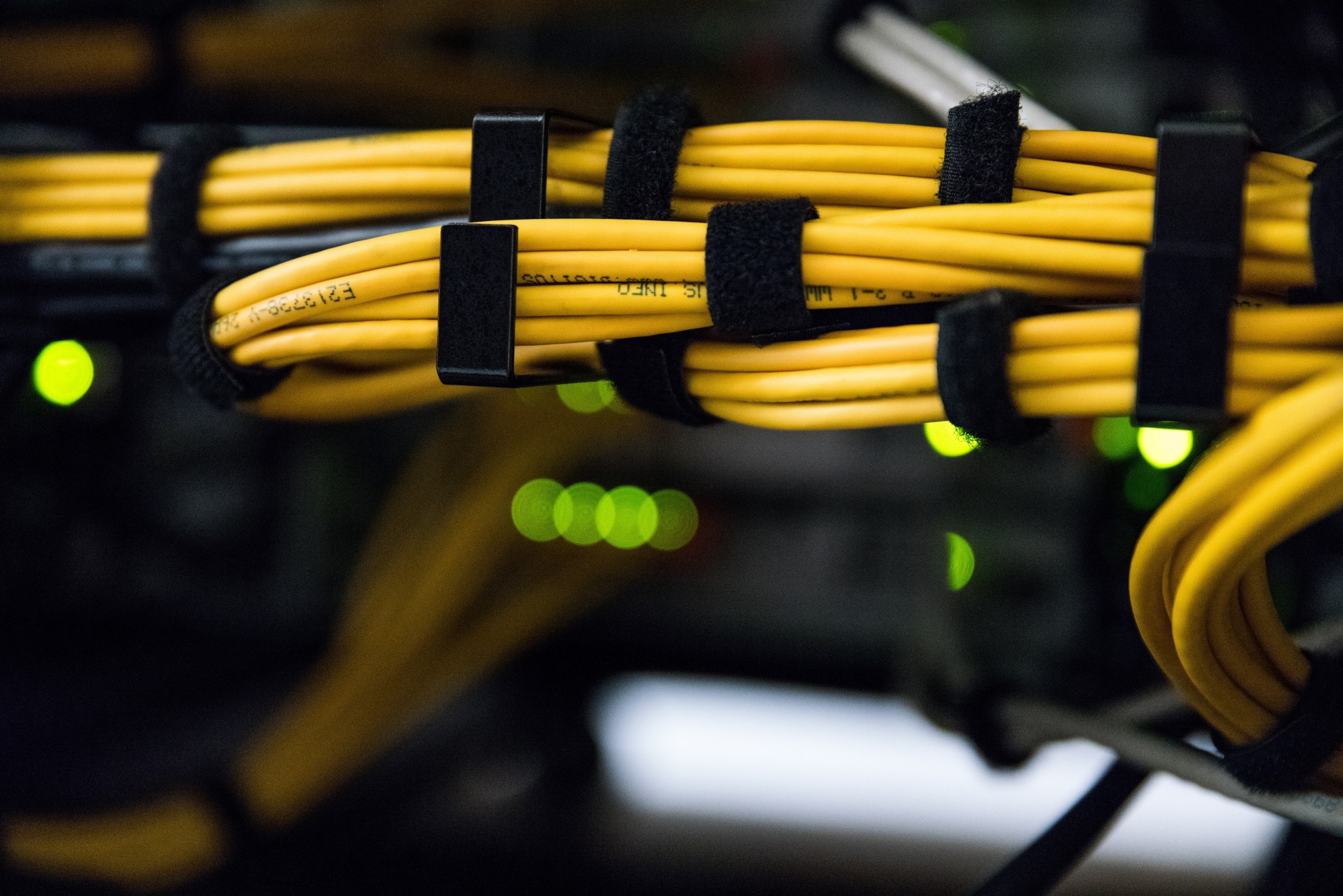With technology taking over our lives, cables are a part of just about everything we do. TVs, computers, cellphones, gaming councils, fit bits, watches etc. requires a cable either to charge itself, communicate with other devices, or provide a larger range of movement. But why are there so many cables, and what do they all do? In this article, we’ll provide a cursory introduction to the four different cables and their functions.
Gavita cables from Agron offer all your cable needs, including internet cables, controller cables, power cords, cable splitters, temperature probe controller cables, and extension cables.
Why Are There So Many Different Types of Cables
There are four main types of cables which are further divided into subcategories depending on their intended use. Still having trouble wrapping your mind around it? Think of a cable like a vacuum. All vacuums clean the house by producing a difference in air pressure that causes suction. But vacuums are marketed for specific purposes. Some come with an assortment of tools and hoses to get at those hard-to-reach places, while other vacuums target pet hair. It’s the same concept as cables. They all do pretty much the same thing conduct electricity and power devices but they specialize in performing different functions. Let’s take a look at some of the different uses.
What Are Cables Made Out Of

The law of conservation of energy states that energy cannot be created nor destroyed. Humans have to eat to function, and electronics need electricity to work. There are four main types of materials used in cables to conduct electricity and power electronics.
- Aluminum: is the most eco-friendly of the four because of its ability to be recycled. It’s the most abundant metal on the planet, making it cheaper than the other four options. Aluminum is utilized for heavy-duty work because of its lightweight and nonmagnetic properties and is used for overhead power lines.
- Copper: is most commonly used in electronics. It is also lightweight, highly conductive, and easy to weld. Copper cables are found in microwaves, switches, and integrated circuits.
- Industrial: have the most heavy-duty applications since they need to withstand extreme temperatures and chemical exposure. You can find industrial cables in commercial use such as planes, oil refineries, and chemical plants.
- Fiber Optic: are the newest of all the cables and are made of single or multiple fibers. These cables are used in telecommunications such as the internet and telephones.
How Do Cables Work
At its core, a cable is composed of conductible metal as outlined above. But that isn’t all there is to it. Have you ever seen a frayed cable? Then you probably know there’s a lot more to a cable than the copper at its center. Imagine if you only used a copper wire to charge your iPhone. It wouldn’t work! Being a conductor of electricity also means it’s a conductor of heat, and it could potentially start a fire. That’s why these conductible metals have to be paired with other materials to make them into a feasible tool. Rubber is a fantastic insulator, which is why you see it wrapped around all electrical cords. Let’s look at the cable’s inner workings.
Parts of An Electrical Cable
- Conductor: This would be what’s at the center of a power cable. They are mostly made out of copper and aluminum.
- Insulation: The type of insulation used largely depends on how hot they’re projected to get. Polyvinyl chloride, rubber, and cross-linked polyethylene are among the most common insulators.
- LAY: This technique is for multi-core cables only, which have more lines within than a normal cable of the same type. It provides an inner sheath and binds the copper together.
- Outer Sheath: The outer sheath keeps the conductor from oxidizing and protects it from the world outside.
Parts of A Fiber Optic Cable
Three out of the five parts of a fiber optic cable protect the delicate fiber at the center of the cable. Fiber optic cables are placed under the sea and earth, so resistance against intense pressure, water, and debris are vital to its longevity.
- Core: Unlike an electrical cable, the core does not need to conduct heat but sends optical signals down a single cord made of either plastic or glass.
- Cladding: This part of the cable contains the light which is needed to transport data from device to device.
- Coating: The coating is added for extra protection, especially shock absorption.
- Strengthening Fibers: These fibers are also added to protect the cable during installation. These materials comprise Kevlar, glass, wire, and gel-filled sleeves.
- Cable Jack: This is the outermost part of the cable and protects the core from any environmental factors that might disrupt the signal.
How to Tell the Difference Between Cables?
Have you ever tried to set up a television and wondered which cord went where? With so many plugs and outlets, it might seem easier to call an electrical. But why spend the money when all the answers are at your fingertips?
- Internet Cable: These cables are thicker than their counterparts, with ends that look similar to phone jacks.
- Controller Cables: These are mainly used to connect electric instruments to amps.
- Power Cords: Plugs in directly to the wall where an extension cable then is attached to connect a device.
- Cable Splitters: Allows for multiple devices to plug into the same wall outlet.
- Temperature Probe Controller Cables: Allows one to access, set, and control the desired temperature for a device.
- Extension Cables: Attaches to a power cord and allows for more distance between the wall and the device.
Takeaway Thoughts
It’s important to know what kind of cable you’ll need depending on what you’re going to be using it for. Unless you’re an electrician, it’s unlikely that you’ll have to know all the ins and outs of cables and their uses along with the best fiberglass cable tray, but it can be helpful for the average Joe to identify the difference between an internet cable and a power cord. After all, electronics are a part of our everyday lives and, chances are, you’ll need to buy one at some point or another.












